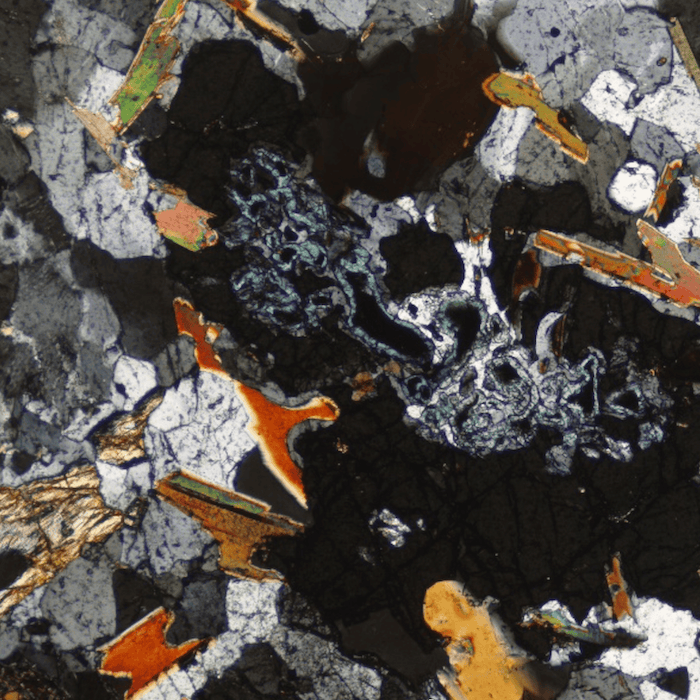Curso
Procesos litosféricos
Basic knowledge of Metamorphic Petrology and Use of softwares in P-T calculation
Instituto de Geología, UNAM

$0.01 mxn
Participantes
nacionales
nacionales
Cost: Free access
**UNAM reserves the right to change the date of the activity depending on the minimum capacity**
Nivel Intermedio
10 hours
Monday to Friday. 12:00 to 14:00 hours Mexico City time
Monday to Friday. 12:00 to 14:00 hours Mexico City time
22 abr 2024 al 26 abr 2024
Ver calendario
Ver calendario
Online Zoom
Cupo: 15 MINIMUM participantes
5 Topics
REGISTRATION DEADLINE: April 19, 2024, 4:00 p.m